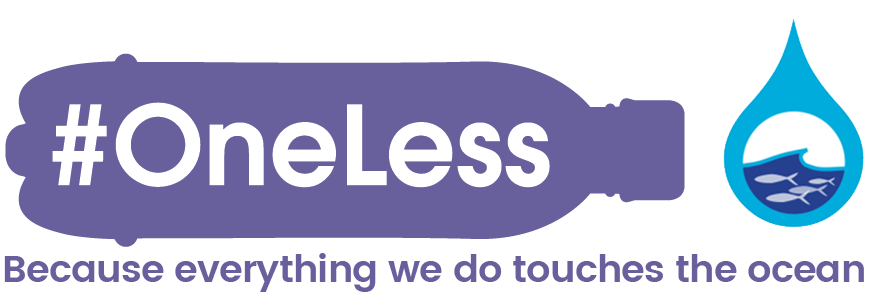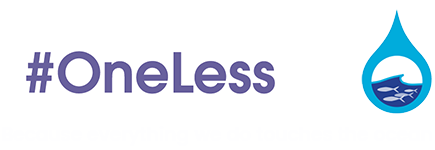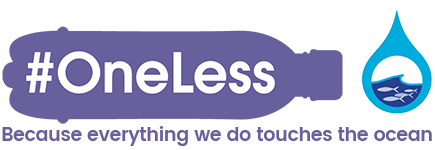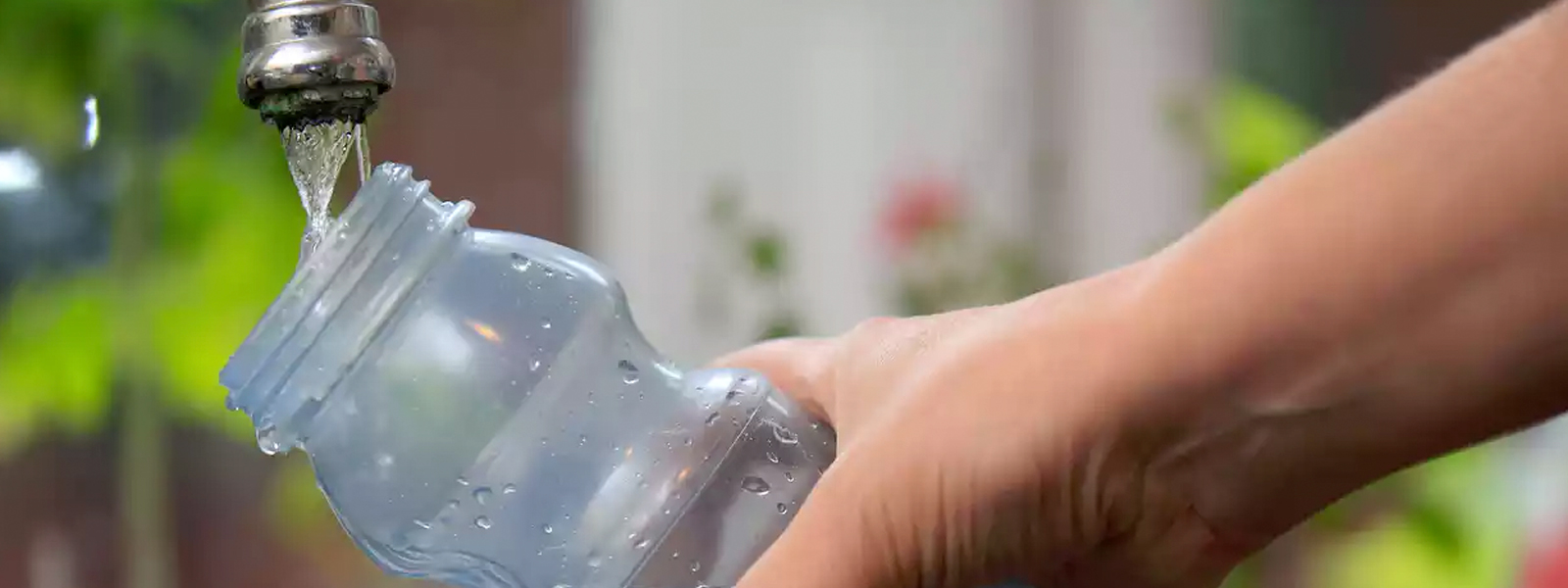Single-use packaging is still normal practice, but every reusable receptacle saves about 100 disposable versions.
I recently bought a set of top-of-the-range reusables. For coffee I got a KeepCup, which fits neatly under any coffee machine, ensuring baristas don’t hate you during the morning rush. For water, famously available for free from a tap, I bought a Jerry Bottle and to add bubbles, a SodaStream – each carbonator displaces 40 bottles.
For every reusable receptacle you bring into your life, you save about 100 disposable versions. Plus, I’ve made new friends. When I bring my KeepCup to the coffee stand people want to know where I got it. Single-use packaging is so normalised – the average UK household gets through 500 plastic bottles a year – that it turns out you have to re-make the case for reusables quite often.
So here’s mine: 15 to 51 trillion particles of plastic now float on the surface of oceans globally. But this represents just 1% of the plastic waste estimated to flow into oceans from land per year. Almost all of the plastic created still exists and global annual plastic production keeps rising: from 1.7 MMT (million metric tonnes) in 1950 to 311 MMT in 2014.
When US scientists examined 192 countries with coastlines they found that the annual volume of plastic going into oceans was equivalent to pouring in five grocery bags full for every foot of coastline in the world. Countries with high personal waste generation rates – like ours – are the worst offenders. Then add the escaped stock when making bottles and bags, dubbed “mermaid’s tears”. Billions are added to this plastic soup every year.
The #OneLess campaign aims to rid London of single-use plastic bottles by 2017. This sounds ambitious. But ask yourself how much plastic you’d be happy to see floating in the ocean.







